 |
|

|
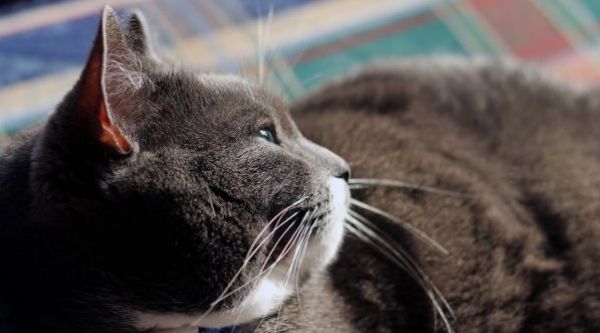 |
 |
The Weigh-In |
June 2020 |
 |
|
|
|
|
|
 |
 |
01 Staff changes |
 |
 |
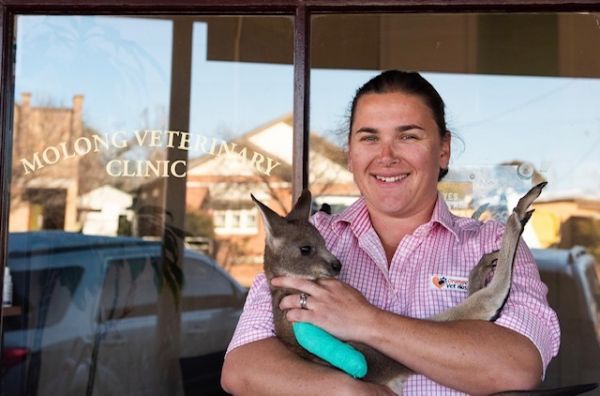 Welcome back Sarah
|
|
 |
MOLONG
We are delighted to welcome Vet nurse Sarah Brown back to our Molong Clinic from Monday 15th June. After some time away Sarah and her family have moved back to the area and Sarah is keen to rejoin the OVH team.
We know many of our Molong clients will enjoy Sarah's return and the continuity of the same receptionist four days each week. Amber, another OVH nurse with strong Molong and Cumnock connections, will be working at Molong each Thursday, allowing Sarah some family time.
ORANGE
Megan, one of our multi skilled reception/nurse team departs this month. Megan has been completing her Cert IV certificate in veterinary nursing and is now heading north to Queensland to commence university studies in social science and criminology - certainly a change from vet nursing!
We all wish Megan the best as she heads off to this new chapter in her career. Thanks for your hard work Megan and enjoy the warm weather!
|
 |
 |
|
 |
 |
02 Winter weigh-in |
 |
 |
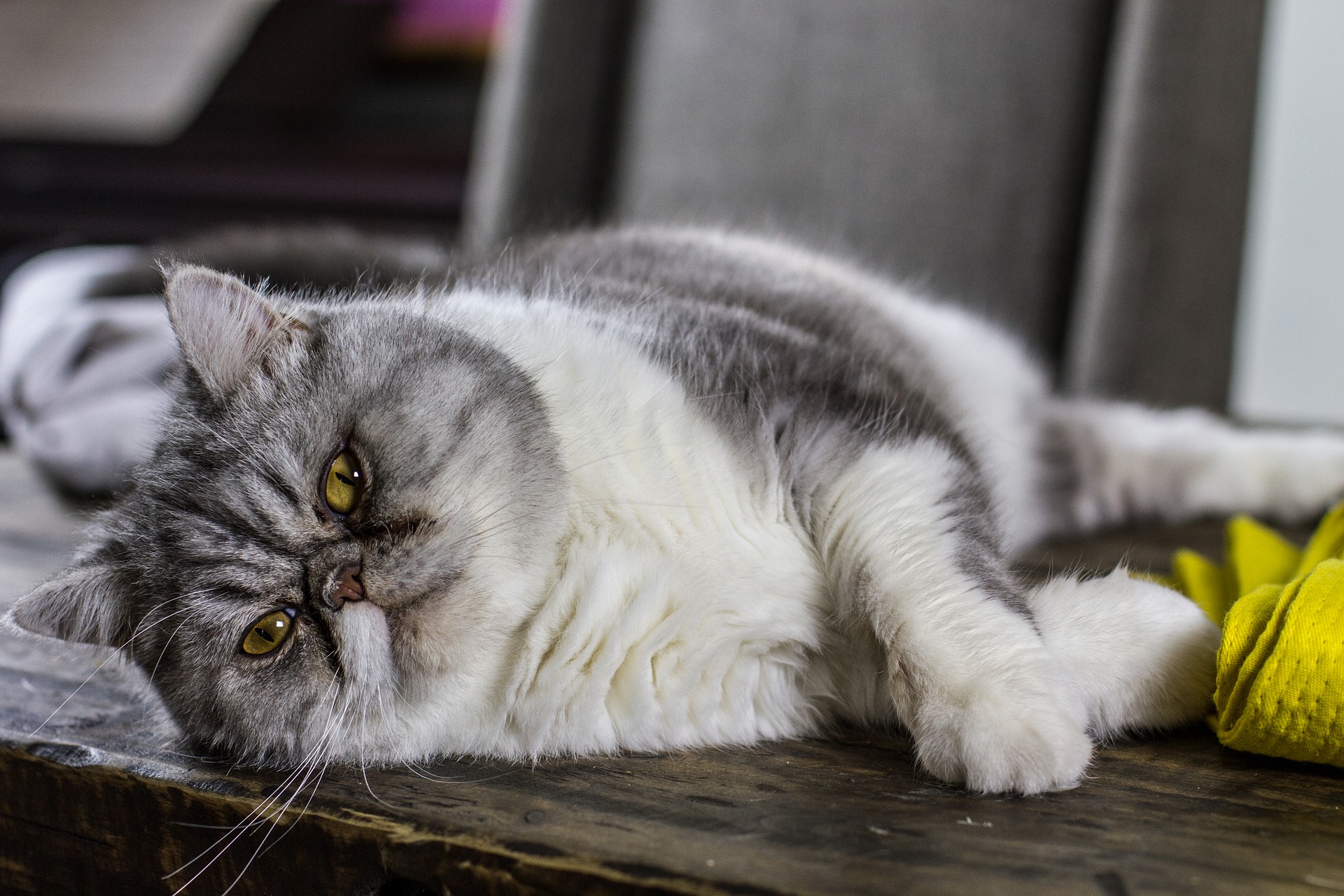
To help welcome you into winter, here’s an animation from Off The Leash. It’s called "The Weigh In" and sets the scene for our newsletter this month.
Shorter winter days and more time at home may mean your pet has been a little less active, and perhaps has even had a few extra snacks on the side. Never fear, to prevent a portly pet emerging this spring, we are here to help combat winter weight gain!
Carrying a few extra kilos puts our pets at risk of serious conditions, such as heart disease, osteoarthritis and diabetes. As we get so used to seeing overweight pets out and about, most people aren’t often aware that their pet is overweight.
Your pet’s diet will have the most significant impact on their weight. A bit of toast here, some cheese, leftovers, a bone and maybe some tinned food all add up. If 5kg is considered a healthy weight for your pet, it can be easy to blow the calorie intake for the day with just one snack! Plus, all these extra tidbits can lead to tummy upsets and problems such as pancreatitis.
How do you know if your pet is overweight?
The very best way to determine whether your pet is overweight is to drop in for a weight check-up with us. A visual examination will allow us to score your pet’s body condition and, if necessary, start a weight management plan. Due to current social distancing protocols, please phone us before you come in to make sure we can safely weigh your pet.
At home, when you look down from above, an overweight pet will have lost the definition of their waist. Instead of an hourglass figure, they might look more like a barrel on legs! You will no longer be able to feel their ribs easily when you run your hands over their sides. A very obese pet may have neck fat, a pendulous tummy and fat over the hips.
What’s the good news?
Getting your pet to lose weight is easier than you think. Physical exercise will help, but you must be feeding your pet the correct diet and the right amount. There are excellent prescription diets available that will help your pet lose weight - including one to increase your pet’s metabolic rate and help your pet feel ‘full’ and satisfied. Ask us for more information.
|
 |
 |
|
 |
 |
03 Healthy diet = healthy life |
 |
 |
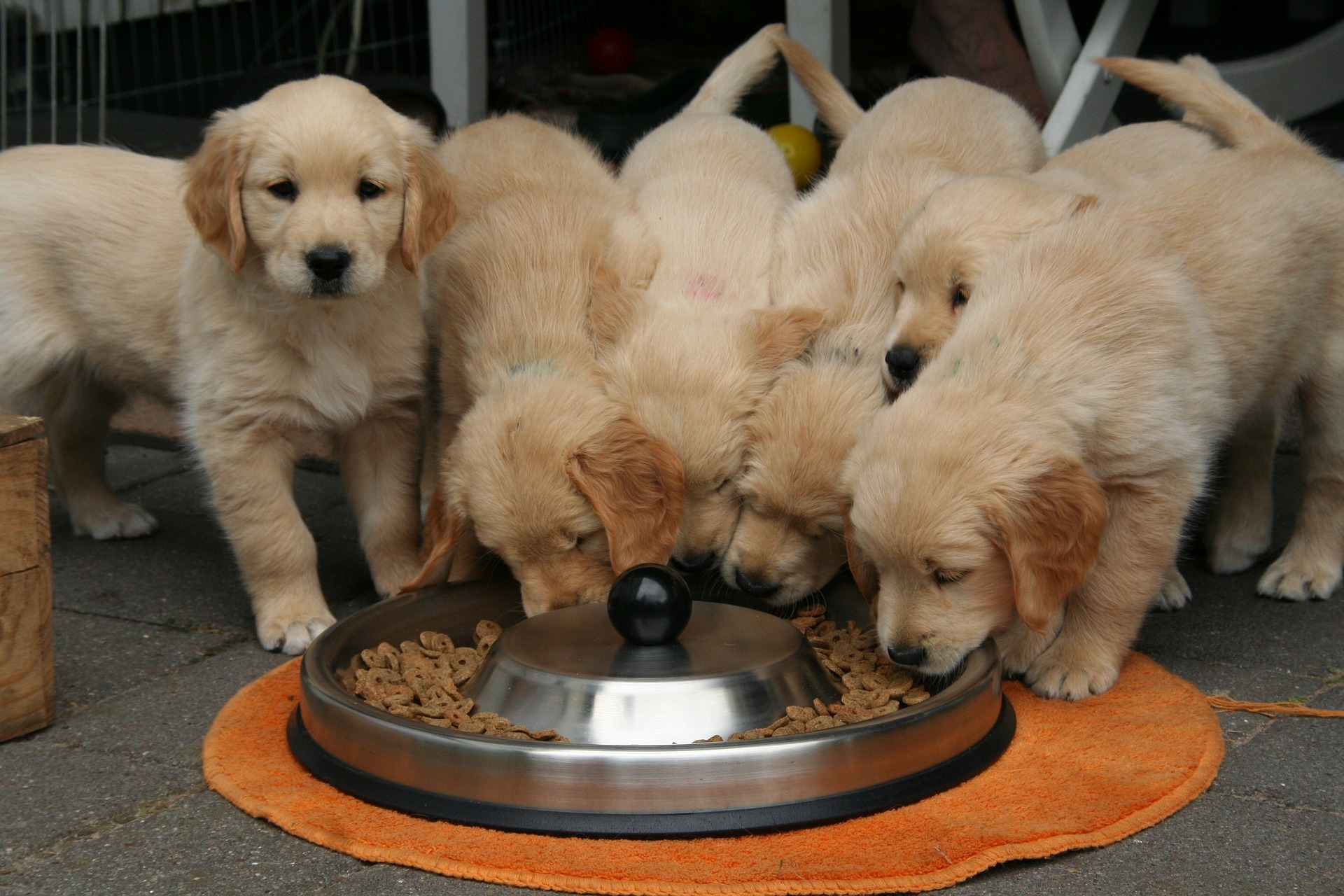
'What is the best diet for my pet?” - a common question, but not always an easy answer. There is no one-diet-fits-all, but a premium-quality diet that is balanced and complete is the best place to start.
What is a premium diet?
Premium quality diets are formulated by veterinarians and contain top-quality ingredients as well as all the essential nutrients required for a healthy pet. Their ingredients are consistent batch-to-batch and they are highly digestible, meaning your pet will get the optimal nutrition from each mouthful they take. A premium diet also means less waste for you to pick up (less poo!), as well as excellent value for money.
We can give you the best advice for the specific type of premium diet for your pet based on their age, weight, breed and medical history.
Why does my pet require a prescription diet?
For some pets, we may recommend a prescription food to help manage certain medical conditions, such as urinary disease, dental disease, arthritis or obesity. The benefits of these diets can be crucial in altering the outcome of these diseases and can even help prevent progression of the disease process.
What about grain-free diets?
It is often thought that grain-free diets are 'more natural', carbohydrate-free and less likely to cause allergies - however, none of it is true! No scientific evidence currently proves that grain-free diets are better for our pets. There is also growing evidence that there may be a link between grain-free diets and a rare cardiac disease in dogs called dilated cardiomyopathy. We recommend you avoid feeding your pet a grain-free diet until there has been more research done into this possible link.
When it comes to a healthy life for your pet, a premium quality diet is a great place to start. You should always ask us for more information about your pet's diet - we are always here to help.
|
 |
 |
|
 |
 |
04 The facts about Giardia |
 |
 |
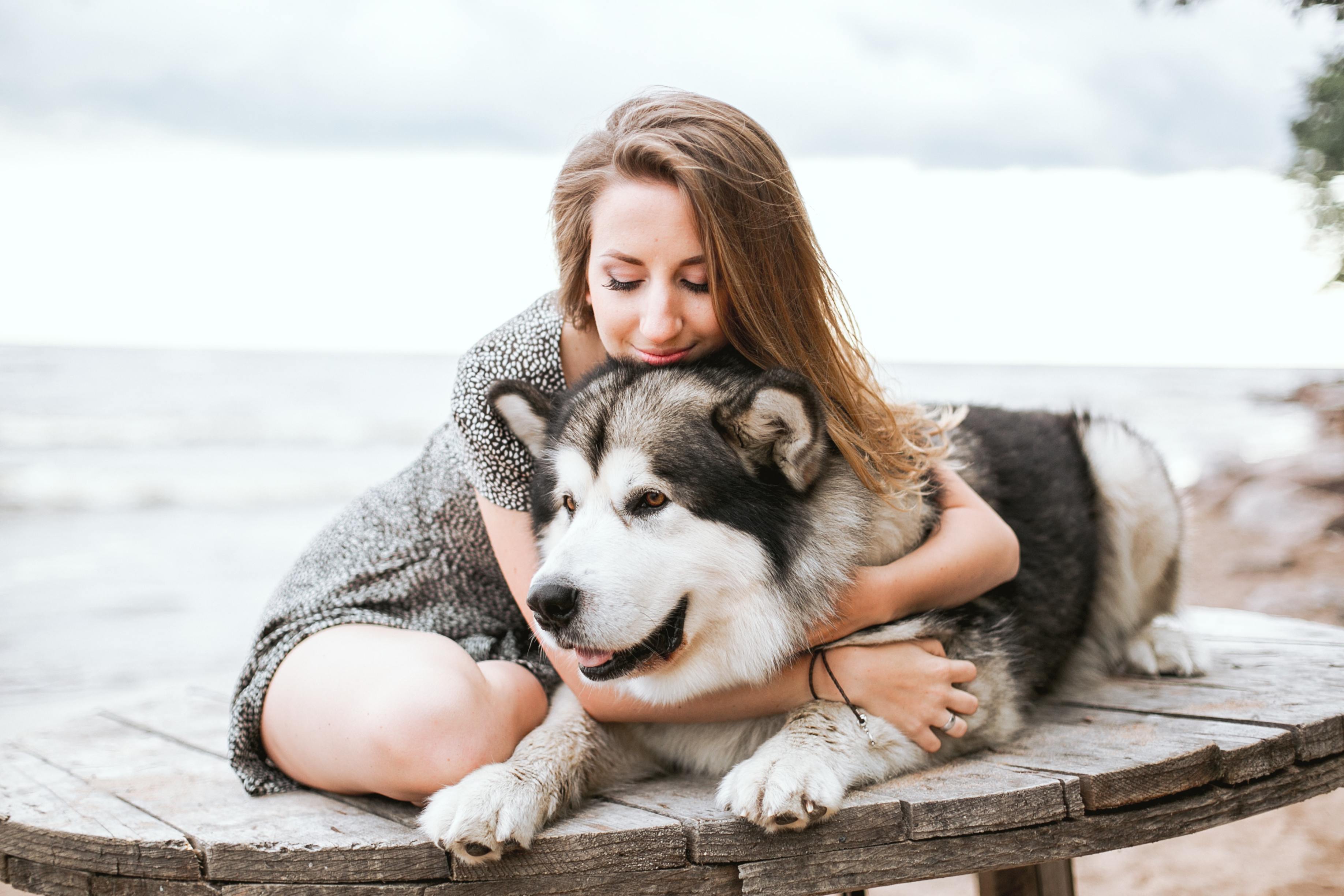
What is Giardia?
Giardia is a protozoan parasite that infects the gastrointestinal tract of humans, mammals, birds and even amphibians. The parasite can cause severe symptoms and is transmissible between animals and humans.
Giardia exists in two forms during its life cycle:
- The trophozoite form: has unique flagella-like whips, enabling them to move through the intestinal tract with ease.
- The cystic form: can survive several months in the environment, particularly in damp and wet conditions.
How is Giardia spread?
Dogs become infected with Giardia after they ingest the cysts, typically from contaminated water or grass. The cysts pass to the intestines and transform into the trophozoites, which then attach to the intestinal wall to feed. If there are significant numbers of the parasite, clinical signs of intestinal wall damage develop. These trophozoites reproduce, with some transforming into cysts. The dog eventually excretes the cysts in their faeces, completing the life cycle.
What are the symptoms of Giardia in the dog?
It’s important to note that not all dogs infected with Giardia show symptoms. Healthy adult dogs infected with Giardia will typically not have severe symptoms but may still shed cysts in their faeces. In younger, older or immunocompromised animals, symptoms may include:
- Diarrhoea - can be intermittent
- Foul-smelling faeces
- Watery, mucousy, green or blood-tinged faeces
- Vomiting
- Lethargy
- Weight loss
Diagnosis and treatment
There are different tests available to help diagnose infection with Giardia and we can advise you on the best one for your pet.
Treatment typically involves medication for 3-10 days. Some dogs may also require follow-up tests and repeat treatments.
Prevention
Keep your pet’s environment dry and clean of faeces to help prevent infection. Pick up dog poo immediately and always apply proper hygiene. Wash your hands or use gloves to help reduce transmission onto humans.
If your dog has tested positive to Giardia, speak to us about how to disinfect your dog’s environment to help prevent ongoing reinfection.
|
 |
 |
|
 |
 |
05 Can probiotics help my pet? |
 |
 |
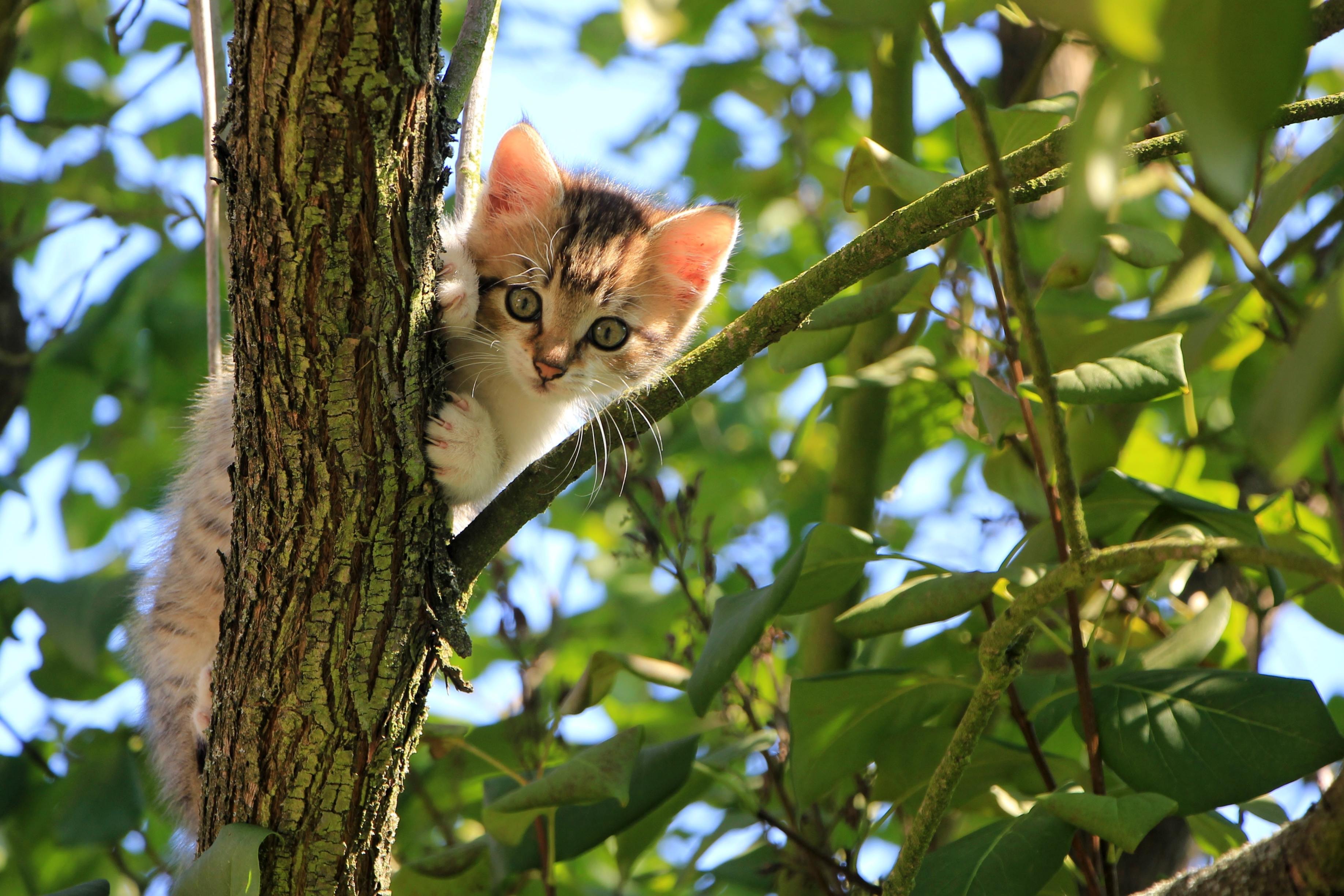
There is plenty of scientific evidence that supports the benefits of probiotics in humans, but what about our pets? Can probiotics help your pet and when should you use them?
What are probiotics?
Probiotics are live bacteria, and when ingested in adequate numbers, they can bring about a health benefit to the host.
There are species-specific bacteria in an animal’s gastrointestinal tract, so it’s essential to use a product specific to your pet. Probiotics are generally delivered as a powder and added to your pet’s food.
How can a probiotic help my pet?
When given at a high enough dose, these ‘good’ bacteria can help improve the function of a pet’s gastrointestinal tract. They may also help exclude harmful bacteria such as E.coli and salmonella and can aid in the recovery of gut dysfunction, as well as conditions such as diarrhoea.
Probiotics can help establish the microflora of immature gastrointestinal tracts of puppies and kittens. They may also assist in delivering nutrients, including amino acids, vitamins and minerals that are essential to an animal.
When should I consider a probiotic for my pet?
There is no harm using probiotics regularly, but one of the main indications for their use are to follow a course of antibiotics. The antibiotic may have killed off the ‘good’ bacteria in your pet’s gut, so it can be beneficial to use a probiotic to help reestablish the balance.
Diarrhoea and flatulence can also be an indication that something isn’t right in your pet’s gastrointestinal system. We would always recommend a check-up with us to rule out anything more concerning (such as Giardia) before you administer a probiotic.
It’s important to be aware that a premium quality diet, as recommended by us, is essential to help ‘good’ bacteria thrive. Premium quality diets that are balanced and complete contain ingredients such as high-quality fibre, which can help support and feed good bacteria.
We are always here to help and offer advice. If you have any questions, please phone us for more information.
|
 |
 |
|
 |
 |
06 Tips to help your dog adjust when you return to work |
 |
 |
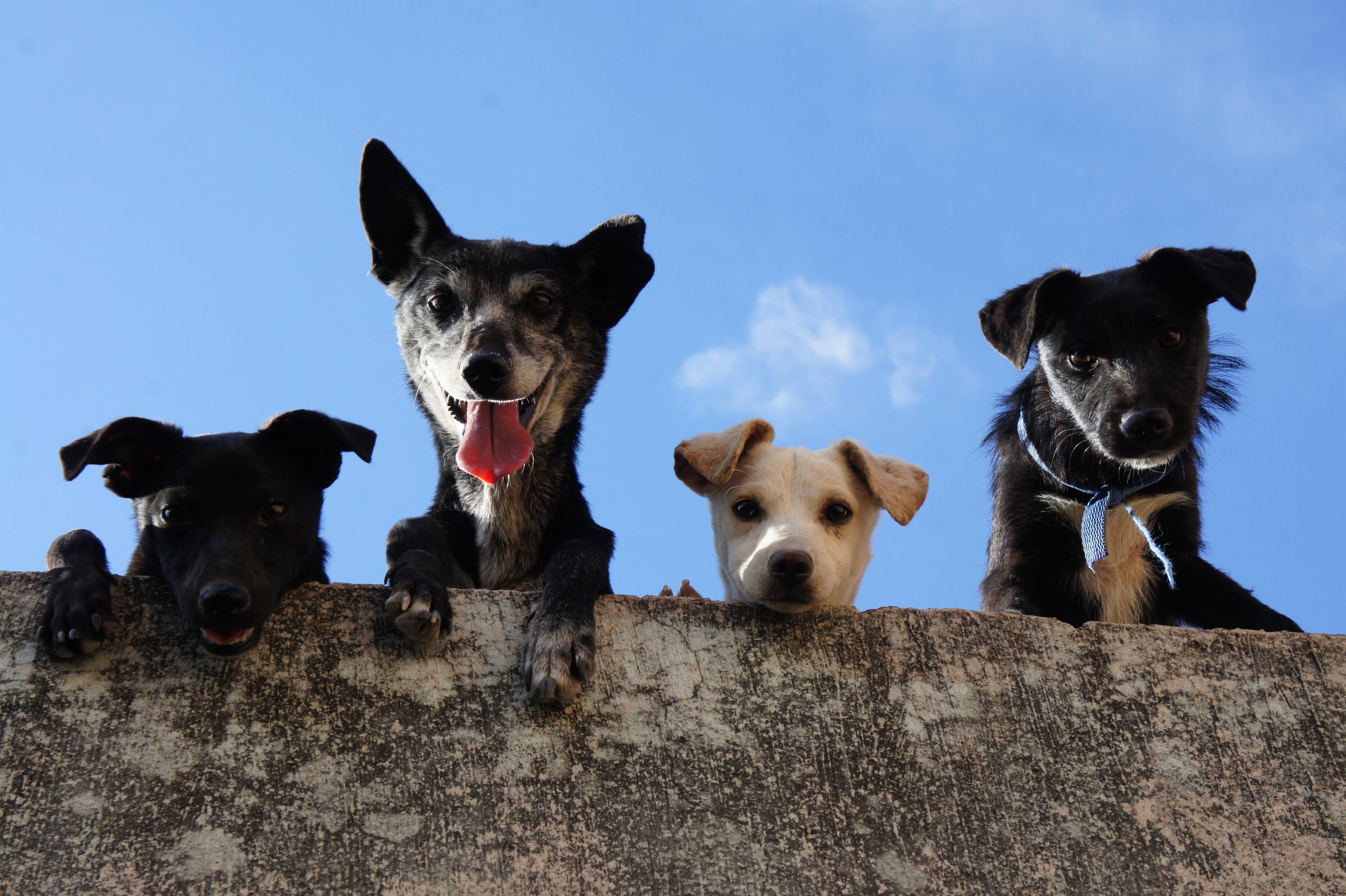
As COVID-19 restrictions relax and we start to return to a new "normal", many people will be returning to work. Your dog may be used to having you around more, which means they also have likely been enjoying the extra cuddles, walks and maybe even the extra snacks!
There is the possibility that returning to work may create some separation anxiety issues for your canine friend - that’s why if you have any concerns about your pooch, we are here to help.
Symptoms of separation anxiety may include:
- Vocalising
- Destructive behaviour
- Pacing
- Weight loss
- House soiling
Our top tips to help reduce your dog's anxiety:
- If you've been home with your dog a lot recently, start with some small outings without your pooch. Begin by leaving your dog alone for only five minutes and then extend this to twenty minutes, then later an hour and then longer. This will help them adjust to you being away from them during the day.
- Try not to make a huge fuss when you return from being out as your dog will start to anticipate these arrivals, and this can exacerbate your dog's anxiety.
- Take your dog for a walk before you leave the house for work to help stimulate their mind and expend some energy before they are left at home for an extended period.
- Make sure you leave your dog with some toys and consider something like a Kong treat to take their mind off the separation. Ask us for more information.
- Leave the radio or television on for extra company.
- Consider an Adaptil collar (dog appeasing pheromone) to help reduce anxiety - ask us about this excellent product.
Please don't hesitate to speak to us if you think your dog is developing separation problems. We are here to help you and your pet.
|
 |
 |
|
 |
 |
07 Animal News In Brief |
 |
 |
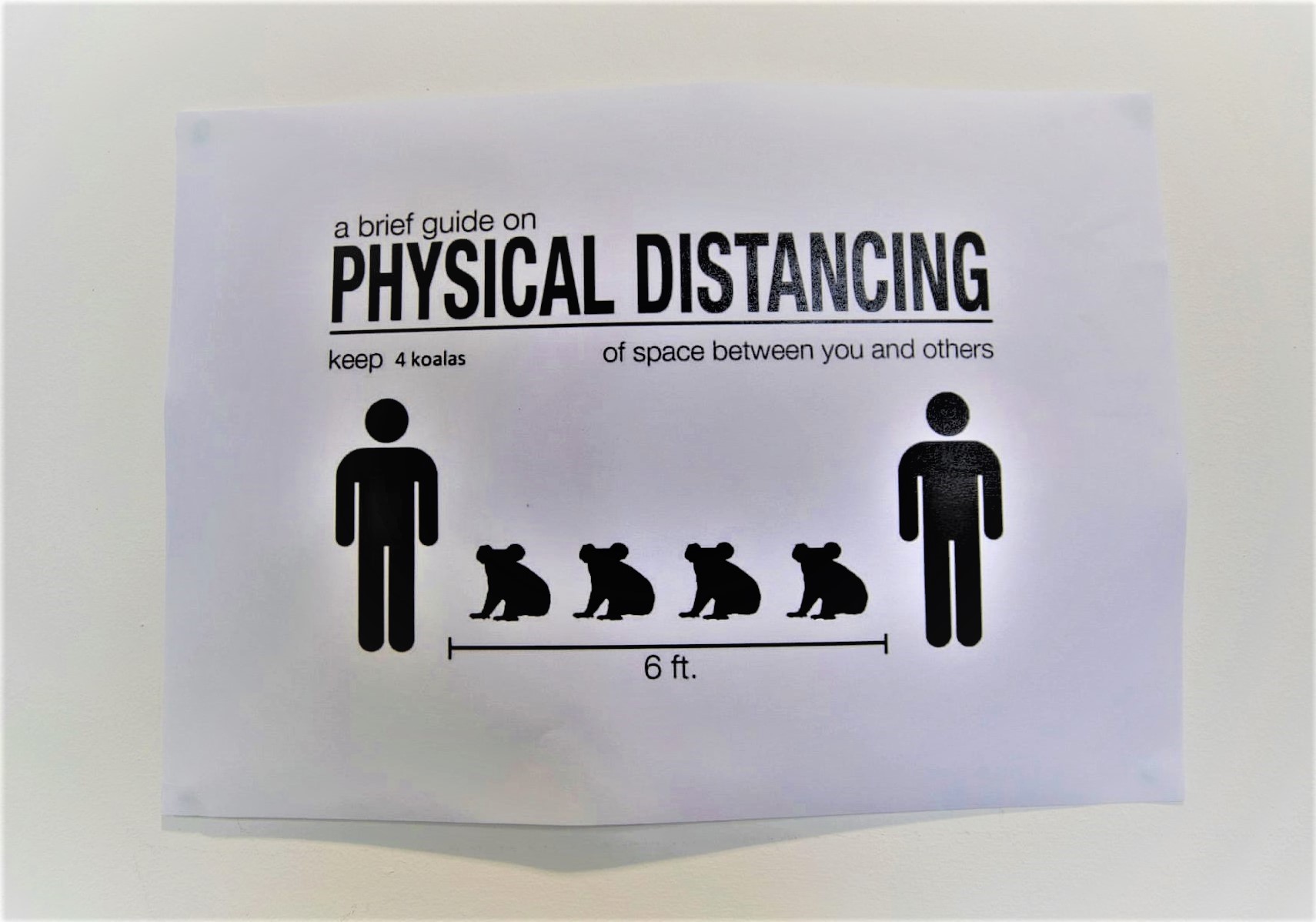
1920/2020: Sydney veterinary hospital responds to COVID-19, old-school style
Around the world, vets have altered their usual ways of business to adapt to the challenges brought to us by COVID-19. Advanced, forward-thinking measures, such as telemedicine, have allowed vet clinics globally to stay open to their clients and maintain safety. One animal hospital in particular has also implemented these modern measures, but with a historical twist. The staff of the University of Sydney’s veterinary teaching hospital have not only applied the ‘standard’ safety rules of four koalas’ distance per person (see their sign in the article), but have also shifted their veterinary rounds to a building originally constructed for class demonstrations on cows and horses in the 1920s. The octagonal design of the century-old building conveniently facilitates the present-day rules of social distancing. The juxtaposition of the post-war dwelling and modern technology, employed by the animal hospital, illustrates how vets everywhere are using various resources, old or new, to continue to offer veterinary care during the pandemic.
Find out more about the University's operations here.
-----
A man, a dog, a van, some extreme-sport equipment and a lifelong adventure
There’s no greater feeling than fresh air, the wide-open road and your biggest bestest boy by your side. A USA adventurer tells the story of his journey around the country in a van with his best mate: Kicker, the golden retriever. Not only does Kicker spend all day and night alongside his owner exploring the great outdoors, but he joins in on the activities too! From snowboarding to paragliding, this chipper pup and his human sidekick truly take playtime to the next level.
Watch footage of Kicker in action here.
-----
Money may not grow on Australia’s trees but hopefully it can save them
After an unimaginable summer, the people and wildlife of Australia’s bushfire-affected regions have been in dire demand of assisted recuperation from the damage caused by the 2019-2020 bushfires. On May 11, the Australian government announced the Bushfire Recovery for Species and Landscapes. From July 1, $149.7 million worth of grants will be donated to Australia’s “species and natural assets” affected by the fires, with the most severely affected attended to first. These government grants may finally provide some much-needed aid to the habitats of Australia’s invaluable flora and fauna. This package lives among three other multi-million dollar 2020 recovery plans to assist forestry, transport, emergency telecommunication and bushfire-affected communities. Through pest, weed and erosion control, as well as waterway and catchment restoration, the Australian environments affected by the devastating bushfires may soon be able to begin regeneration.
Read more here.
Read the media release for the bushfire recovery package here.
|
 |
 |
|
|
